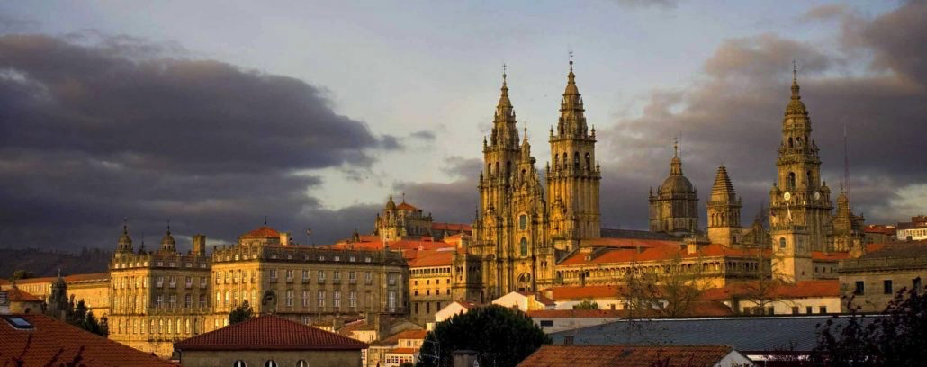Speaker
Description
Clustering is a well-established feature of atomic nuclei needed to develop the complete understanding of the structure of nuclei and fundamental nuclear interactions. So far alpha clustering has dominated cluster states studies among all other possible partitioning. While it is known to manifest itself near alpha threshold in stable N=Z nuclei [1], clustering in the ground-state of exotic nuclei with large imbalance of proton and neutron number is still a question. Neutron-rich beryllium isotopes 10Be,12Be,14Be are the very appealing candidates of clustering studies as being built on the well-developed alpha-alpha rotor of 8Be (N=4, Z=4). It is predicted by calculations in antisymmetrized molecular dynamics model that alpha clustering in the ground-state develops from 10Be going to the dripline [2].
The SAMURAI12 experiment performed at the Radioactive Isotope Beam Factory (RIBF) in RIKEN aims to investigate the cluster structure of neutron-rich beryllium isotopes using the cluster quasifree scattering reaction (p,pa) in inverse kinematics. The reaction of interest was induced by beams of 10,12,14Be isotopes at 150MeV/u impinging on a pure solid hydrogen target with large diameter and 2 mm thick. The detection of helium residues was performed by using the SAMURAI spectrometer and its standard detectors. Recoil protons were detected using the ESPRI Recoil Proton Spectrometer (MWDC, plastic scintillator and NaI(Tl) rods) in a two-arm configuration, covering an angular range of 50°-70°. For detection of alpha clusters, two telescopes composed of silicon strip detectors and CsI(Tl) modules were placed at forward angles. Experimental results concerning missing mass spectra and triple differential cross-sections will be presented. The latter will be compared to calculations using a microscopic description of the reactions of interest implemented in the distorted wave impulse approximation, allowing to probe the alpha cluster structures directly and quantitatively.
References:
[1] K. Ikeda, N. Takigawa, and H. Horiuchi, Prog. Theor, Phys. Suppl. Extra Number, 464 (1968).
[2] Y. Kanada-En'yo and H. Horiuchi, Phys. Rev. C 68, 014319 (2003).
| Topic | Experiment |
|---|

